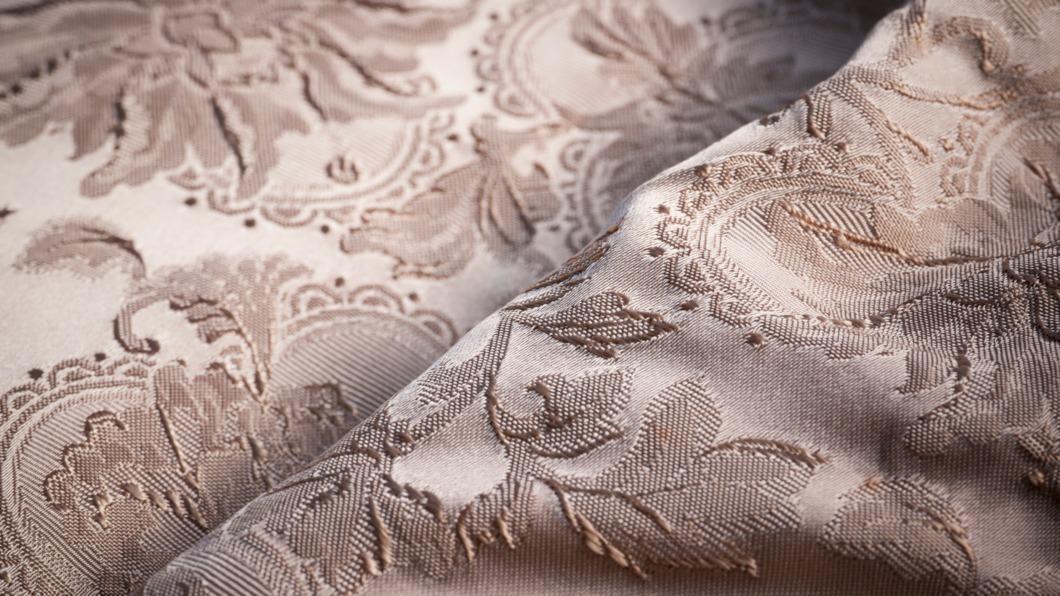
1 minute read
WhenDayequalsNight….
Marchbringsamomentofharmony-atimeofperfectbalancewhen dayandnightareofequallength-thetimeoftheSpring,orVernal Equinox. Thismomentmarksthetransitionbetweenwinterand spring,thetimewhenthenewseasonbeginsaswemoveinexorably towardsthewarmerdaysandshorternightsofthesummermonths ahead.
ThisyeartheequinoxfallsonMonday20March,whichisthedate whenthesunpassesovertheequatorfromsouthtonorth. Inthe winterthetiltoftheearth’saxisbringsthenorthernhemisphere furtherfromthesun,whichmakesthesun’sheatweakerandthedays shorter. Thenasspringprogresses,theNorthPolegraduallybegins topointtowards thesun,whichdayondayriseseverhigherinthe sky. Thismakesthedayslonger,temperaturesbegintoriseand summerishasarrived!
Advertisement
A(very)LittleLookatBerlinWoolwork
Berlin wool work is a style of hardwearing embroidery similar to today's needlepoint that was particularly popular in Europe and America from 1804 to 1875. It is typically executed with wool yarn on canvas, worked in a single stitch such as cross stitch or tent stitch, although Beeton's book of Needlework (1870) describes 15 different stitches for use in Berlin work. Its name derives from the type of wool originally used for this work - a German wool - a loose, untwisted merino yarn dyed in a multitude of shades. In the early nineteenth century it was produced in Gotha in Germany and dyed in Berlin, whilst later it was also manufactured in Yorkshire.
The first Berlin wool patterns were printed in black and white on grid paper and then hand-coloured. Previously, the stitcher was expected to draw the outlines on the canvas and then stitch following the colours on the pattern. Counted stitch patterns on charted paper, similar to modern cross-stitch patterns, made it easier to execute the designs, because amateur embroiderers were able to follow the patterns using just a simple tent stitch. They were published mostly as single sheets which made them affordable to middle-class women, who now, thanks to the Industrial Revolution that had created a larger middle class, had more time for stitching. The creation of more wealth and more stitchers fostered a demand for canvas, wool and patterns. Public taste for increasing decoration in the home was also part of the Victorian lifestyle.







